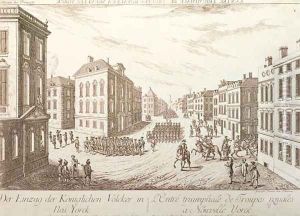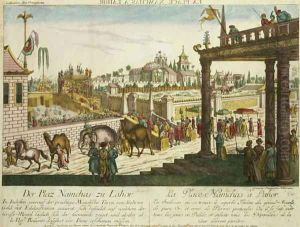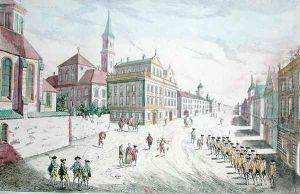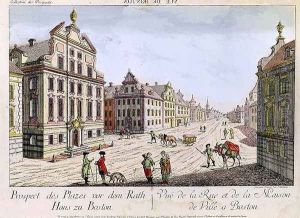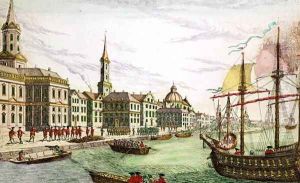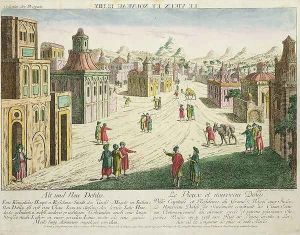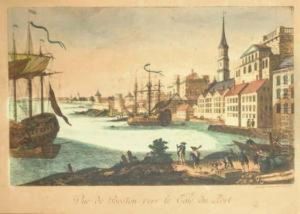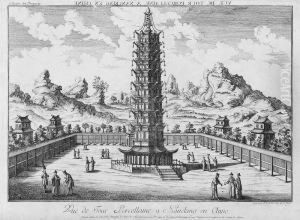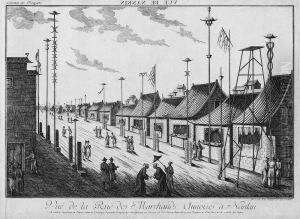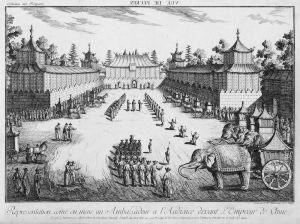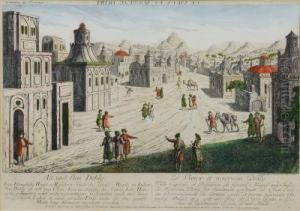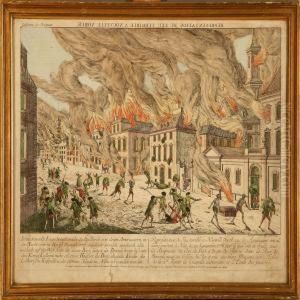Franz Xavier Habermann Paintings
Franz Xavier Habermann, also known as François Xavier Habermann, was an 18th-century German engraver and printmaker born in 1721, in the city of Augsburg, which was then part of the Holy Roman Empire. Habermann is notable for his contributions to the art of engraving and for his role in the European art scene during the Rococo period, a style characterized by ornate and elaborate decorations.
Habermann's career was marked by a prolific output of engravings, which included landscapes, portraits, and religious subjects. He was especially renowned for his vue d'optique prints, a type of popular print that was designed to be viewed through a special optical device that created the illusion of depth and three-dimensionality. These prints were particularly fashionable in the 18th century, serving both as entertainment and as a means for viewers to 'travel' to foreign lands and famous cities through the images.
Throughout his life, Habermann worked in various European cities, which was common for artists of his time seeking patronage and new market opportunities. His works were widely disseminated, making him one of the more recognized printmakers of his era. Despite the popularity of his vue d'optique prints, Habermann was also skilled in creating more traditional engravings and etchings. His technique was characterized by fine detail and an ability to convey texture and light, which made his works sought after by collectors and art enthusiasts.
Habermann's legacy is somewhat overshadowed by the more famous artists of his time, yet he remains a significant figure in the history of printmaking. His contributions to the art of engraving and the popularization of vue d'optique prints exemplify the diversity of artistic expressions during the Rococo period. Franz Xavier Habermann passed away in 1796, leaving behind a body of work that continues to be appreciated by art historians and collectors for its technical skill and historical value.
